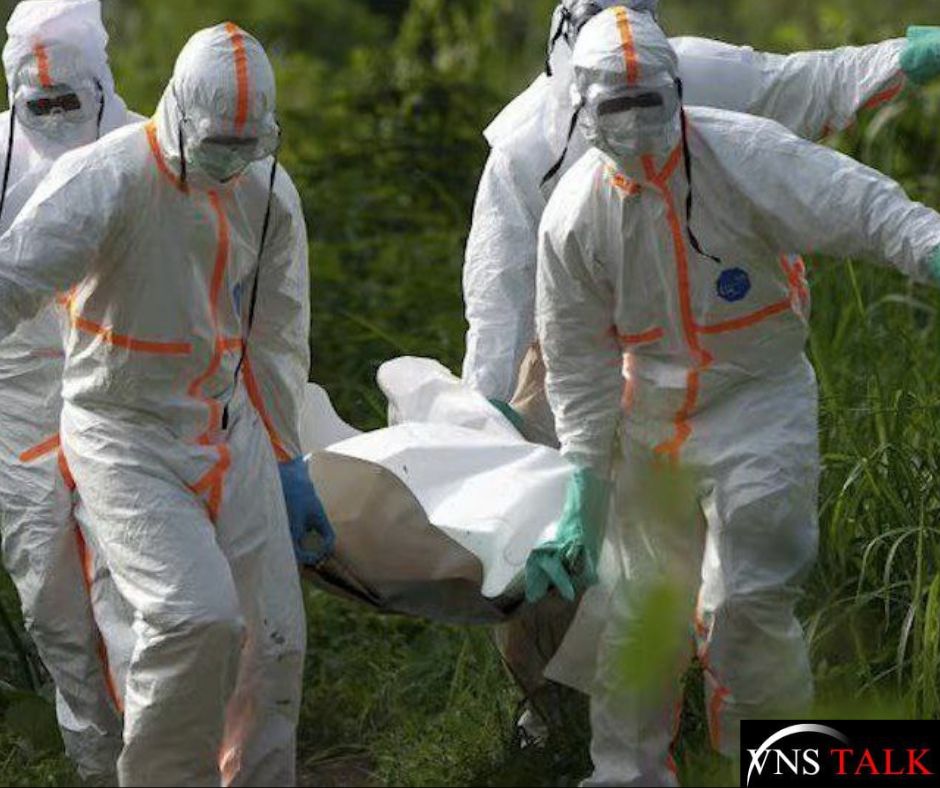What is hMPV Virus ,Today we will understand it , Human metapneumovirus (hMPV) is a respiratory virus that primarily affects the lungs and airways, causing a wide range of illnesses ranging from mild cold-like symptoms to serious respiratory infections, especially in young children, the elderly, and immunocompromised individuals. .
What is hMPV Virus : Understanding Human Metapneumovirus (hMPV)
Human metapneumovirus (hMPV) is an emerging respiratory virus that has gained increasing attention among healthcare professionals and researchers due to its role in causing significant respiratory illnesses across the globe. Discovered in 2001 in the Netherlands, hMPV is part of the Pneumoviridae family, which also includes the respiratory syncytial virus (RSV). This article delves into the details of hMPV, covering its characteristics, transmission, symptoms, diagnosis, treatment, prevention, and public health implications.
What is hMPV Virus : Key Characteristics of hMPV
Genomic Structure:
hMPV is an enveloped, negative-sense, single-stranded RNA virus.
Its genome encodes nine proteins, including fusion (F) and attachment (G) proteins, which play vital roles in infectivity and immune response.
Subgroups:
hMPV is classified into two major genotypes: A and B, each with two sublineages (A1, A2, B1, B2).
Both genotypes circulate globally, contributing to seasonal outbreaks.
Epidemiology:
The virus primarily affects children, older adults, and immunocompromised individuals.
hMPV is responsible for 5–10% of acute respiratory infections worldwide.
What is hMPV Virus : Transmission and Seasonal Patterns
Modes of Transmission:
hMPV spreads through respiratory droplets from coughing, sneezing, or close contact with an infected individual.
Contaminated surfaces and hands can also facilitate transmission.
Seasonality:
hMPV infections peak in late winter and early spring, often overlapping with RSV and influenza seasons.
The virus is capable of causing sporadic outbreaks and localized epidemics.
What is hMPV Virus : Clinical Manifestations
Symptoms in Children:
Common symptoms include fever, cough, nasal congestion, and wheezing.
Severe cases may lead to bronchiolitis and pneumonia.
Symptoms in Adults:
In healthy adults, hMPV typically causes mild cold-like symptoms.
In older adults or those with underlying conditions, the virus can lead to severe respiratory distress.
High-Risk Groups:
Children under five years old, particularly infants.
Adults over 65 years.
Individuals with weakened immune systems, such as transplant recipients or cancer patients.
What is hMPV Virus : Diagnosis
Clinical Presentation:
Diagnosis is challenging due to overlapping symptoms with other respiratory viruses.
Laboratory Testing:
Real-time polymerase chain reaction (RT-PCR) is the gold standard for hMPV detection.
Other methods include antigen detection assays and viral culture.
Differential Diagnosis:
hMPV must be differentiated from RSV, influenza, and other respiratory viruses to ensure appropriate management.
What is hMPV Virus : Treatment Options
Supportive Care:
Treatment primarily focuses on symptom relief, including hydration, fever management, and oxygen therapy for severe cases.
Antiviral Research:
Currently, there are no specific antiviral drugs approved for hMPV.
Research is ongoing to target developed therapies.
Hospitalisation:
Severe cases, particularly in high-risk groups, may require hospitalization for respiratory support.
What is hMPV Virus : Prevention Strategies
Personal Hygiene:
Regular handwashing with soap and water.
Avoiding close contact with sick individuals.
Environmental Measures:
Disinfecting frequently touched surfaces.
Ensuring proper ventilation in indoor spaces.
Vaccination Efforts:
While no vaccine is currently available for hMPV, research into vaccine development is underway.
Promising candidates include subunit vaccines and live-attenuated vaccines targeting the F protein.
What is hMPV Virus : Public Health Implications
Burden on Healthcare Systems:
hMPV contributes to significant morbidity and healthcare costs, especially during seasonal outbreaks.
Surveillance Needs:
Enhanced surveillance systems are crucial for monitoring hMPV prevalence and genetic variations.
Global Health Priority:
The World Health Organization (WHO) recognizes hMPV as a priority pathogen requiring further research and development.
What is hMPV Virus : Research and Future Directions
Pathogenesis Studies:
Understanding the molecular mechanisms of hMPV infection to identify potential therapeutic targets.
Development of Antivirals and Vaccines:
Accelerating clinical trials for promising candidates.
Exploring monoclonal antibodies as a therapeutic option.
Awareness and Education:
Educating healthcare professionals and the public about hMPV to improve early detection and management.
What is hMPV Virus : Conclusion
Human metapneumovirus is a significant yet underrecognized cause of respiratory infections. With its potential to cause severe illness in vulnerable populations, hMPV represents a growing public health concern. While supportive care remains the cornerstone of treatment, advancements in diagnostics, therapeutics, and vaccine development offer hope for better management and prevention in the future. Enhanced awareness, research, and global collaboration are essential to mitigate the impact of this emerging virus.

